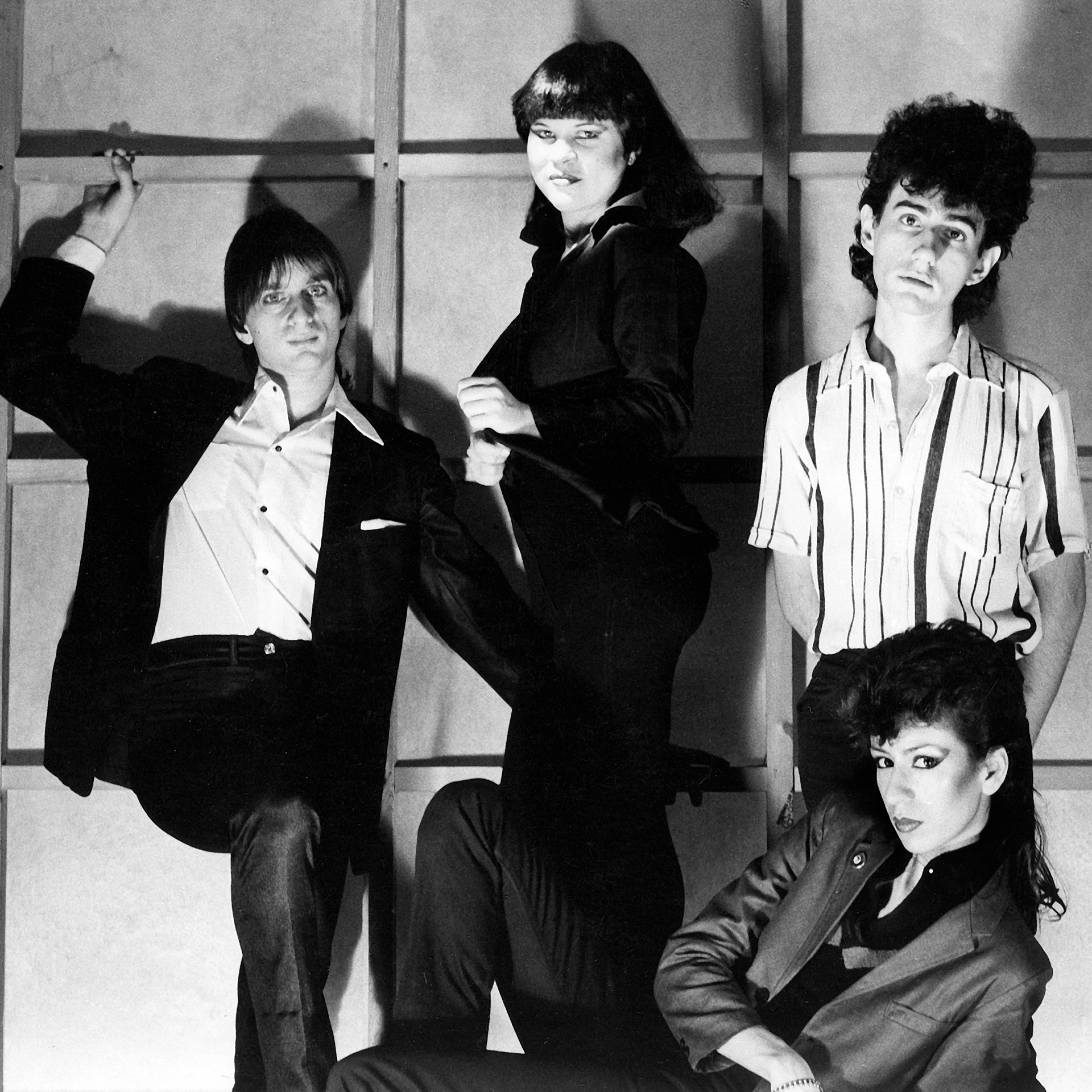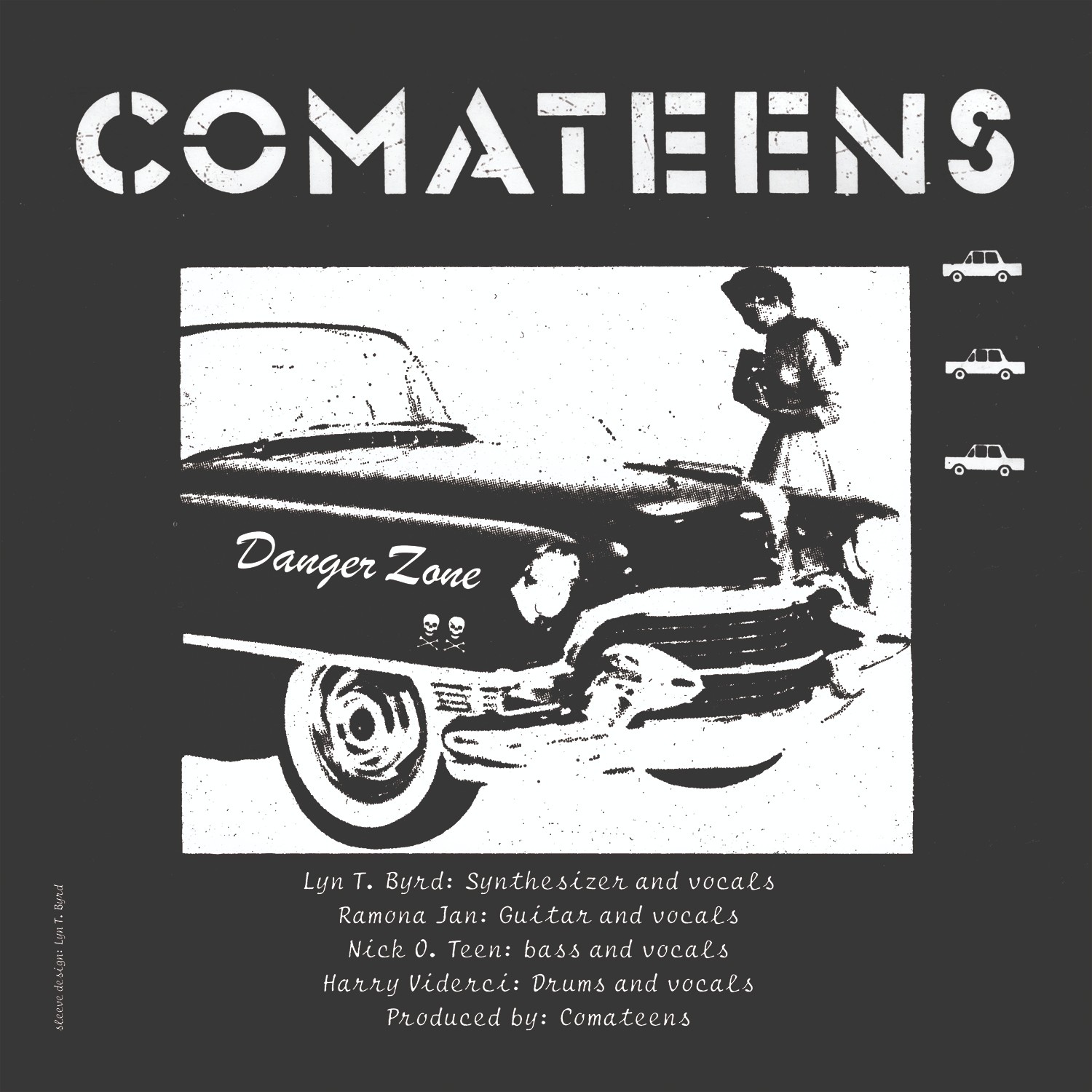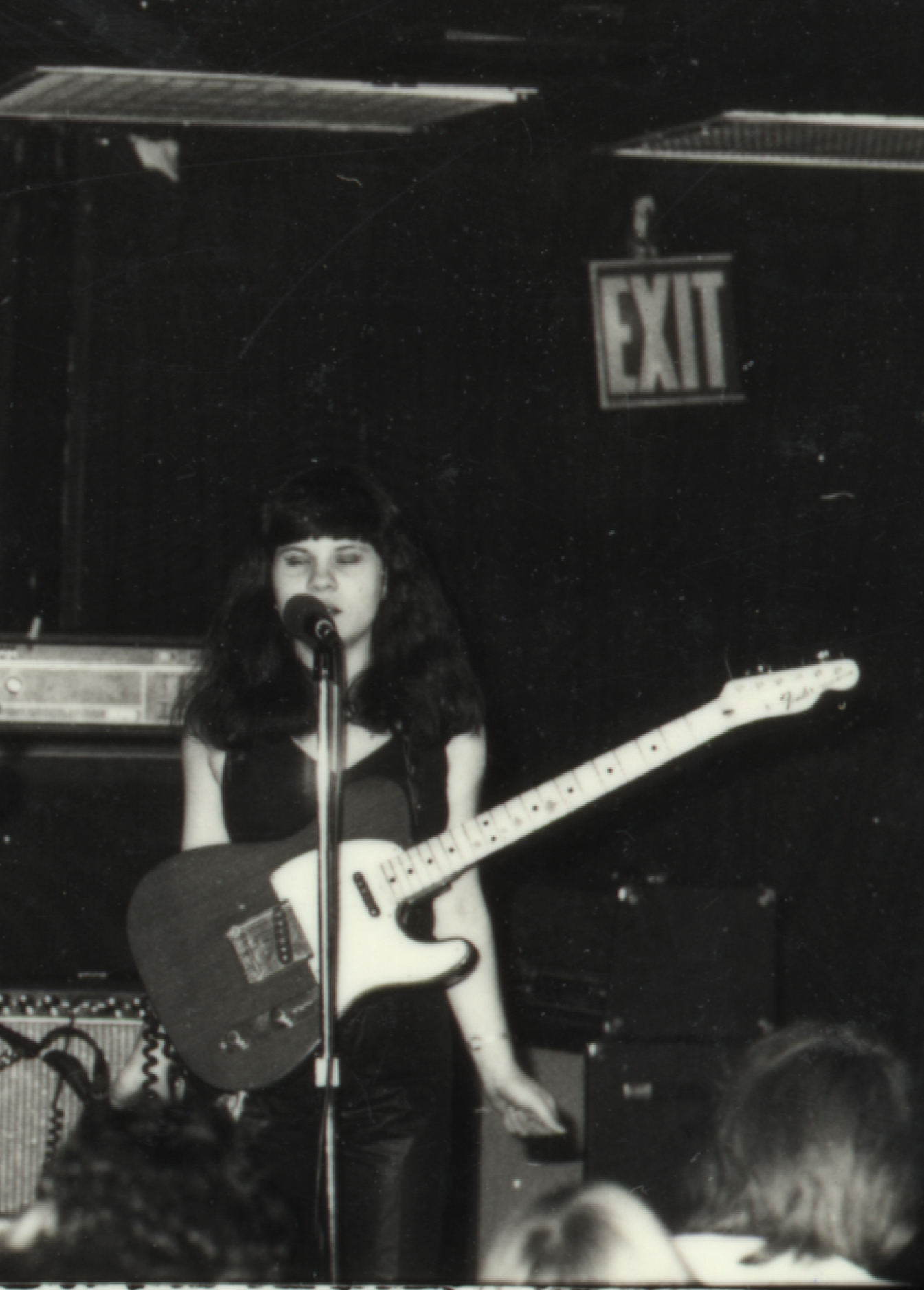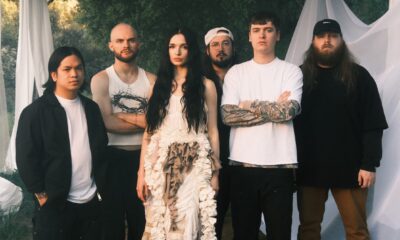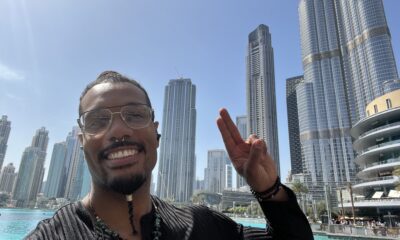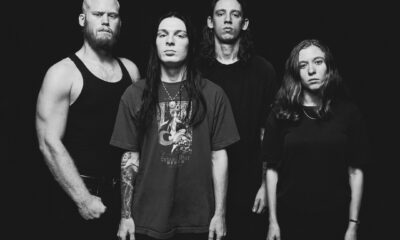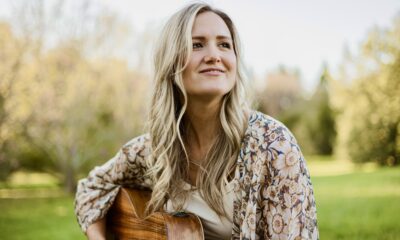Hardcore/Punk
Comateens Guitarist Ramona Jan Discusses the Band, Reissues, Punk, and Playing Live
Ramona Jan of the synth-punk veterans Comateens discusses the band, recent Left for Dead Records reissues, playing live, and more!
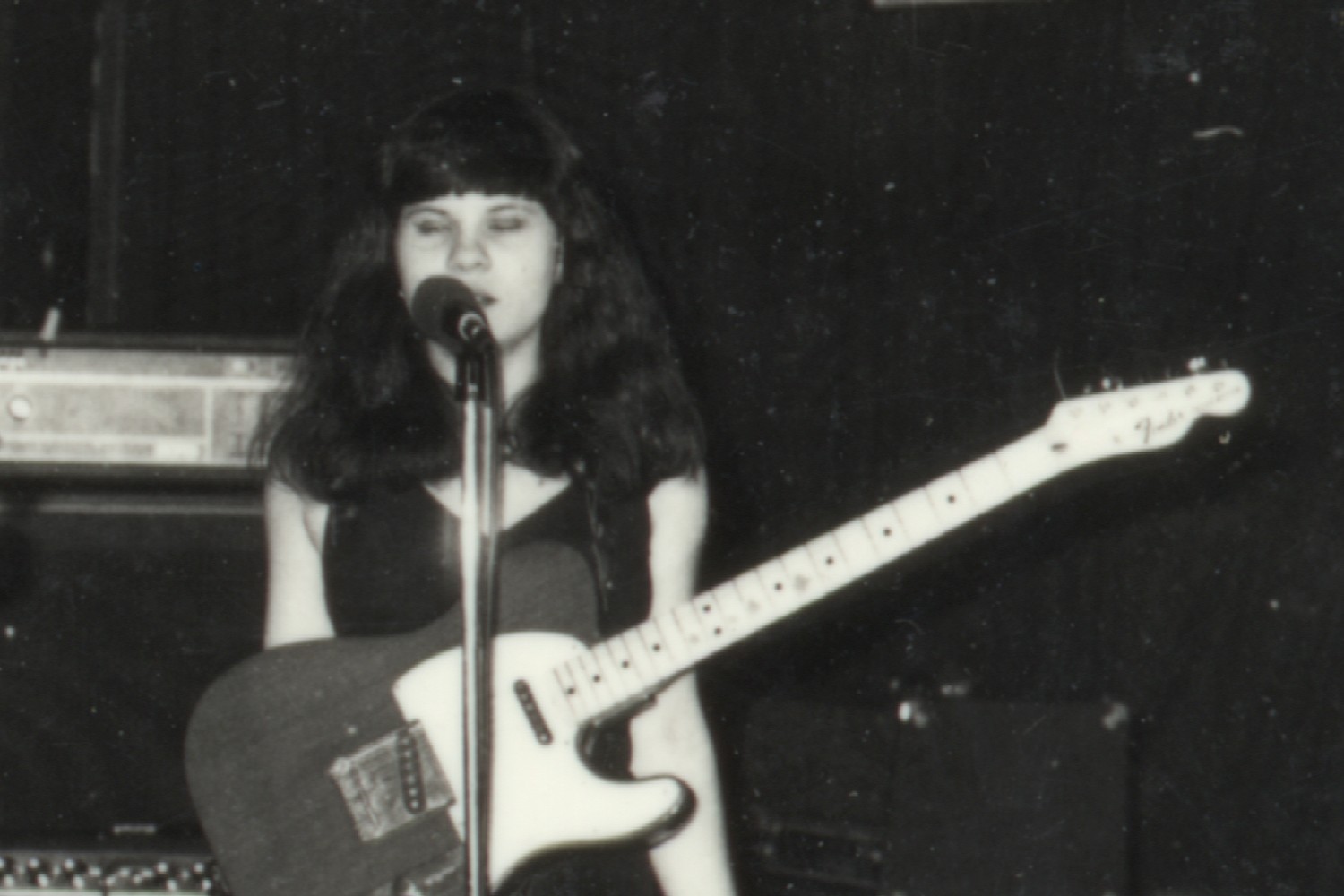
Certain songs deserve recognition that they may not have received upon their release, like these two reissues from Comateens. The New York City group has reissued both “Danger Zone” and “Elizabeth’s Lover” via Left for Dead Records, an imprint that has been long connected to the band and their original guitarist Ramona Jan. These were perhaps the two most defining songs for the synth-punk band, really getting at the heart of their sound and musical style. “Danger Zone” is one of the band’s oldest songs, written when Jan and Nicholas “Nic North” Dembling soon after they first formed. This new version of “Elizabeth’s Lover” was never released, partially due to Jan leaving the band soon after these songs were recorded. The members of Comateens are pleased to see these songs getting the recognition they deserve from a whole new generation.
Comateens played an essential role in developing New York City punk rock. They were one of the scene’s first synth-punk acts and were ahead of their time when it came to playing with a drum machine. This is something only a select few acts like Kraftwerk and Suicide were doing. Jan and North formed Comateens in 1978, brought together by their shared love of the local punk rock scene. Singer and synth specialist Lyn Byrd and drummer Harry Viderci rounded out this impressive lineup of musicians.
Joining us today for a quick chat is Jan, touching on various aspects of the band, writing music, and playing live.
How would you describe your own music?
Ramona Jan: “Early Comateens have been described as one of the first synth punk bands. It’s a fitting description as far as I’m concerned. I would also add minimalist.”
What is the story behind the Comateens name?
“The band name came from a list of names created by one of the members of The Rousers, a NYC band that started in ’77 and is still together today. We liked it because it was one word and didn’t have the word ‘the’ in front of it. Also, it was dark and youthful at the same time.”
Tell us about these recently released reissues. What was your experience of making them? What went on behind the scenes?
“We were pretty efficient in the studio because I was an audio engineer at Mediasound in NYC, where we recorded these cuts. We rehearsed our parts and laid them down, trying to be like session players as much as we could.”
Who would you most like to collaborate with?
“I, personally, would like to collaborate with Brian Eno. I played on his LP, Music for Films. He and I approach music in much the same way as non-musicians. It would be nice to work with him again after all these years.”
Which do you enjoy the most: writing, recording, practicing, or playing live?
“These are all very different aspects of the art of being a musician. And I like them all for different reasons. Writing because it’s something I do alone. Recording because you’re under a microscope. Practicing is my least favourite because it’s tedious. Playing live is the reward for all the hard work.”
Do you ever get stage fright? What’s your solution for it?
“Stage fright was common for me. Preparation helps conquer that. The less prepared you are, the more likely you are to be afraid. Sometimes looking at the audience can make you scared also. All those eyes staring back at you. So I focus on something on a far wall instead.”
For those not familiar with your band, can you tell us a little bit about yourselves?
“Comateens formed in NYC in 1978. We sprang out of one of the top recording studios, Mediasound, where I was an audio engineer and Nick was the receptionist. Kind of a switcheroo for those times and maybe even today.”
What is your writing process like?
“It gets better with age if you work on it. I get ideas from books that I read and conversations I overhear. And then the muse just takes over.”
How does it make you feel when that power and energy you channeled in the studio comes to life in front of a crowd?
“If the live show goes well, it’s fantastic. If it doesn’t, oh well, then it’s hell.”
When you write do you do so with the live setting in mind or do you write a song just for the song’s sake?
“Just for the song’s sake.”
Politics and music. Yay, nay, or what the hay?
“Certain genres of music can mix politics, such as folk music. Others should stay away from it.”
How did you link up with the label for this release, and what about them was attractive enough to make you sign?
“I’ve had a long history with the owner, Jim Reynolds. The band that followed Comateens, Dizzy and the Romilars, originally released an EP on his label Jimboco. This EP will be re-released once again on Left for Dead.”
-

 Music7 days ago
Music7 days agoTake That (w/ Olly Murs) Kick Off Four-Night Leeds Stint with Hit-Laden Spectacular [Photos]
-

 Alternative/Rock24 hours ago
Alternative/Rock24 hours agoThe V13 Fix #011 w/ Microwave, Full Of Hell, Cold Years and more
-

 Alternative/Rock1 week ago
Alternative/Rock1 week agoThe V13 Fix #010 w/ High on Fire, NOFX, My Dying Bride and more
-

 Features7 days ago
Features7 days agoTour Diary: Gen & The Degenerates Party Their Way Across America
-

 Culture1 week ago
Culture1 week agoDan Carter & George Miller Chat Foodinati Live, Heavy Metal Charities and Pre-Gig Meals
-

 Music1 week ago
Music1 week agoReclusive Producer Stumbleine Premieres Beat-Driven New Single “Cinderhaze”
-
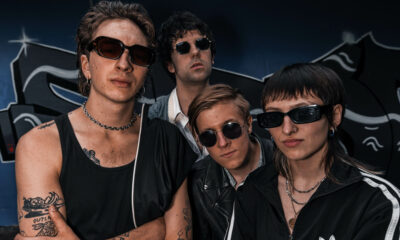
 Indie24 hours ago
Indie24 hours agoDeadset Premiere Music Video for Addiction-Inspired “Heavy Eyes” Single
-

 Alternative/Rock2 weeks ago
Alternative/Rock2 weeks agoThree Lefts and a Right Premiere Their Guitar-Driven Single “Lovulator”

